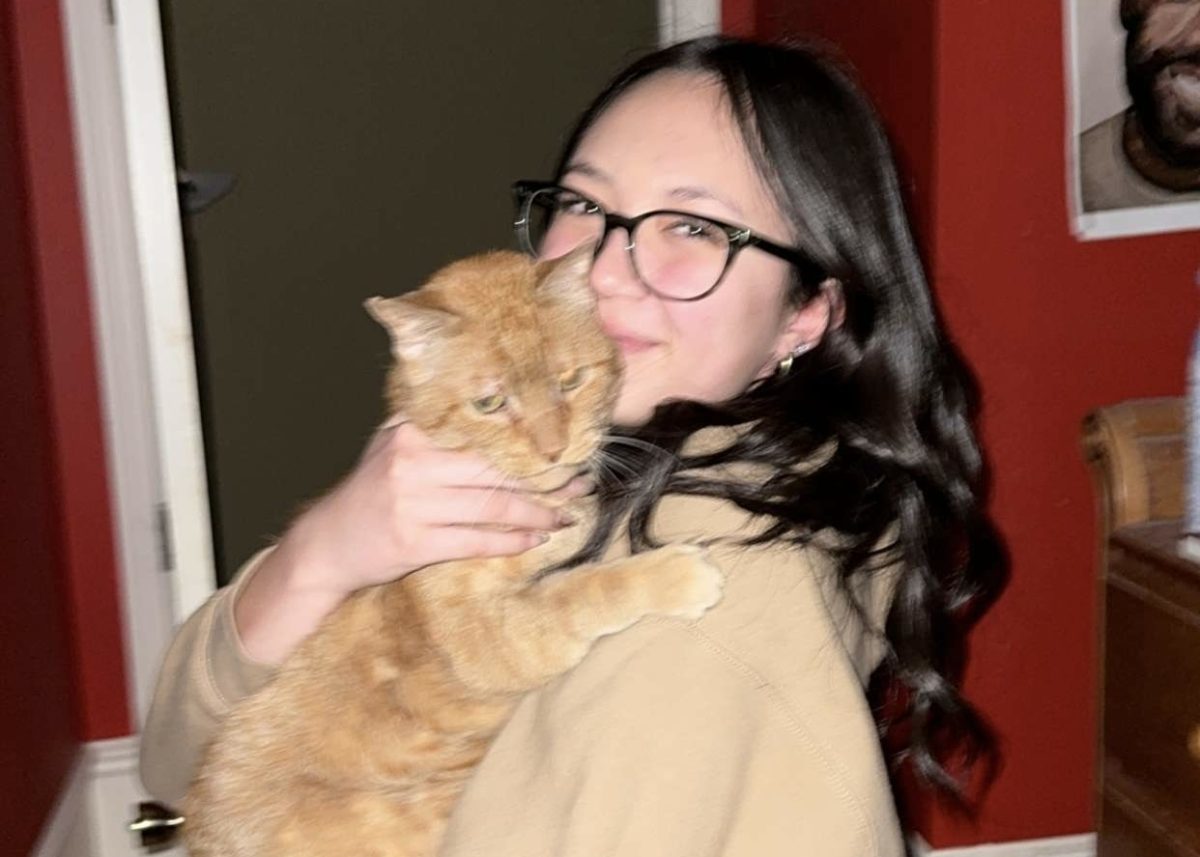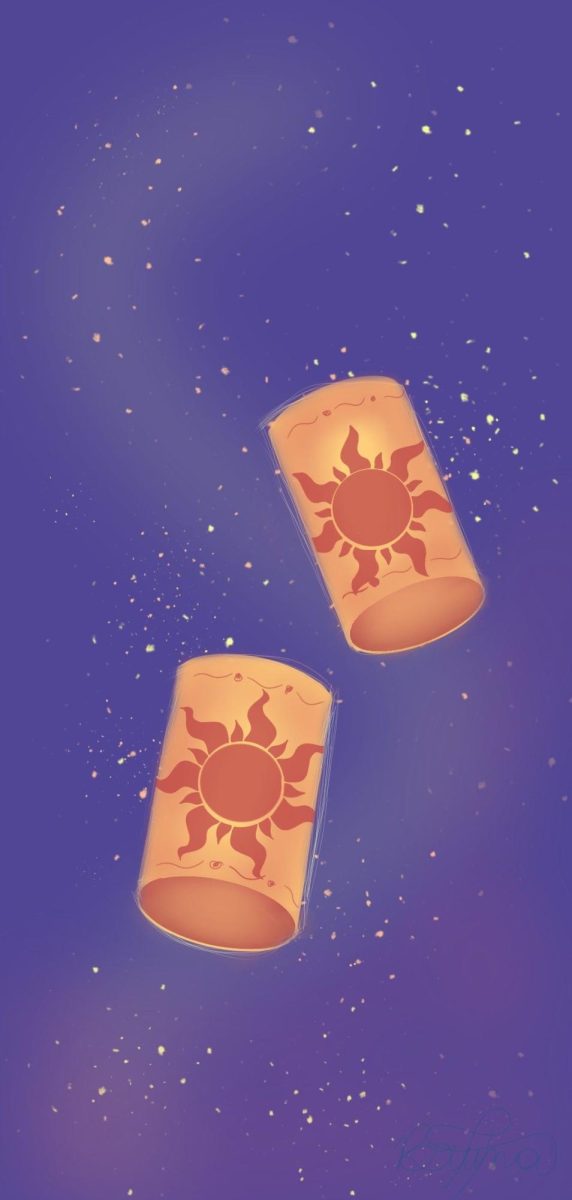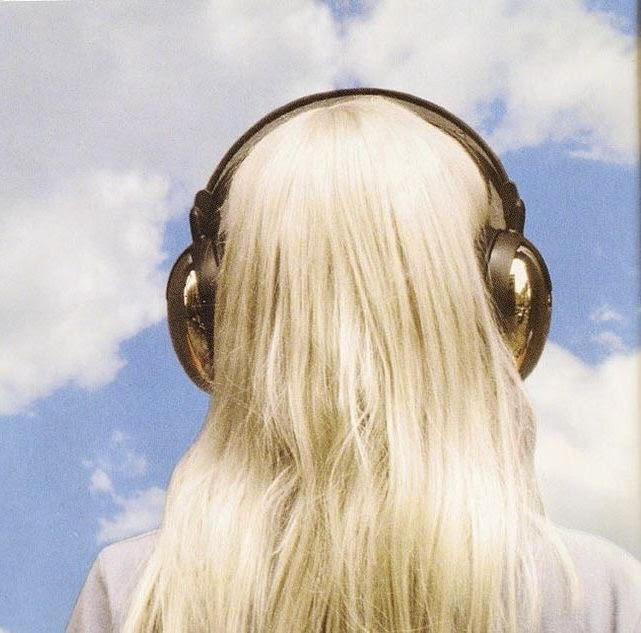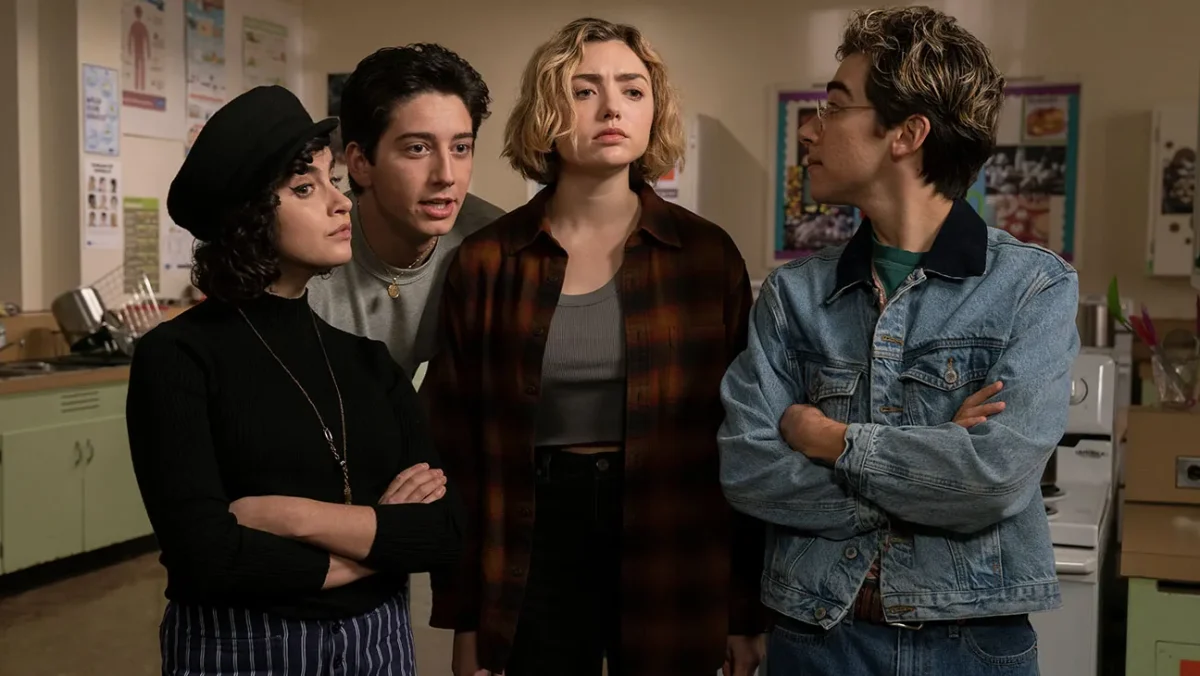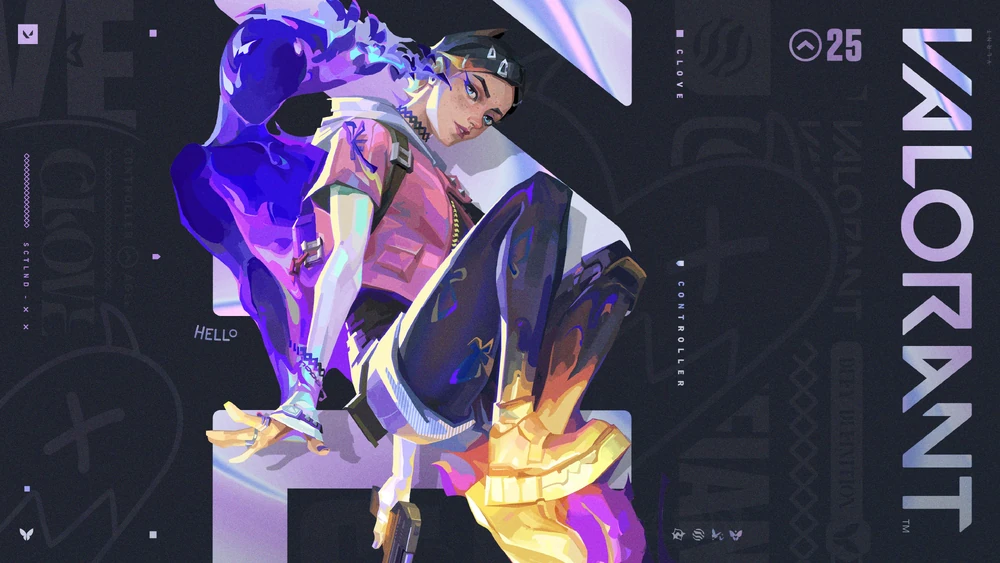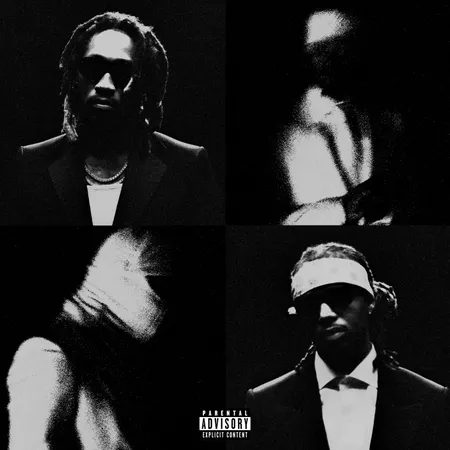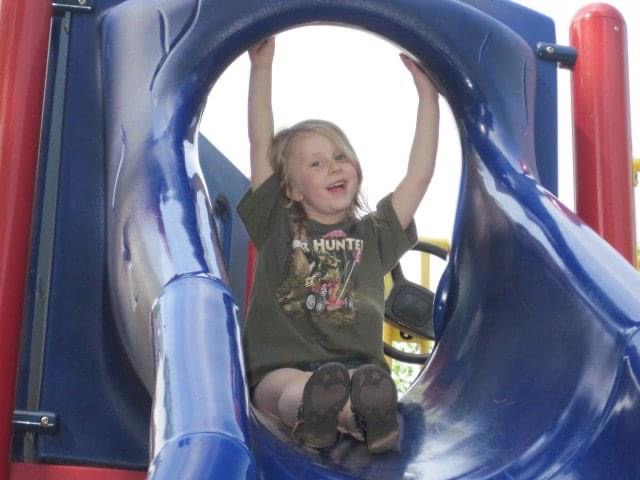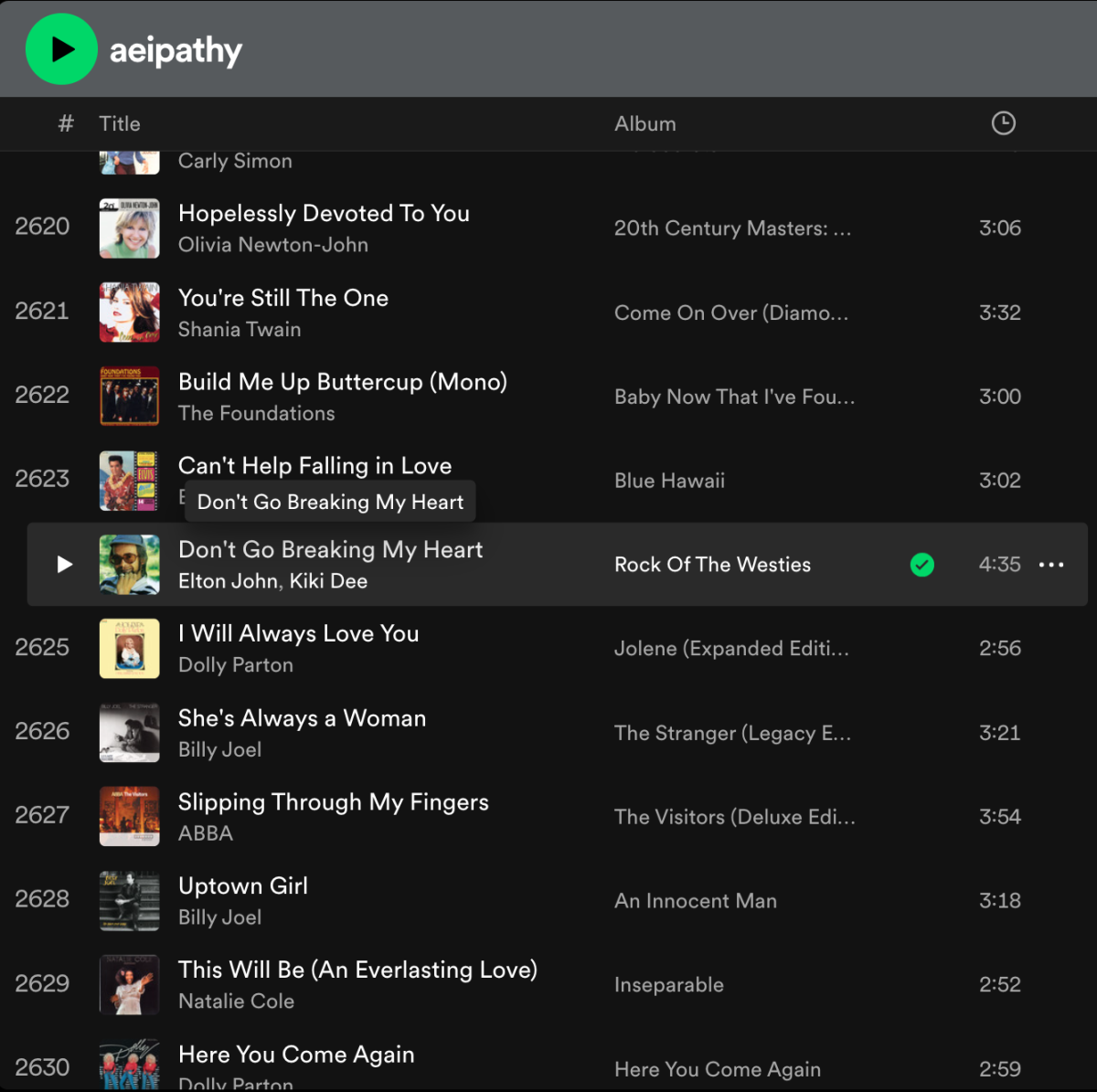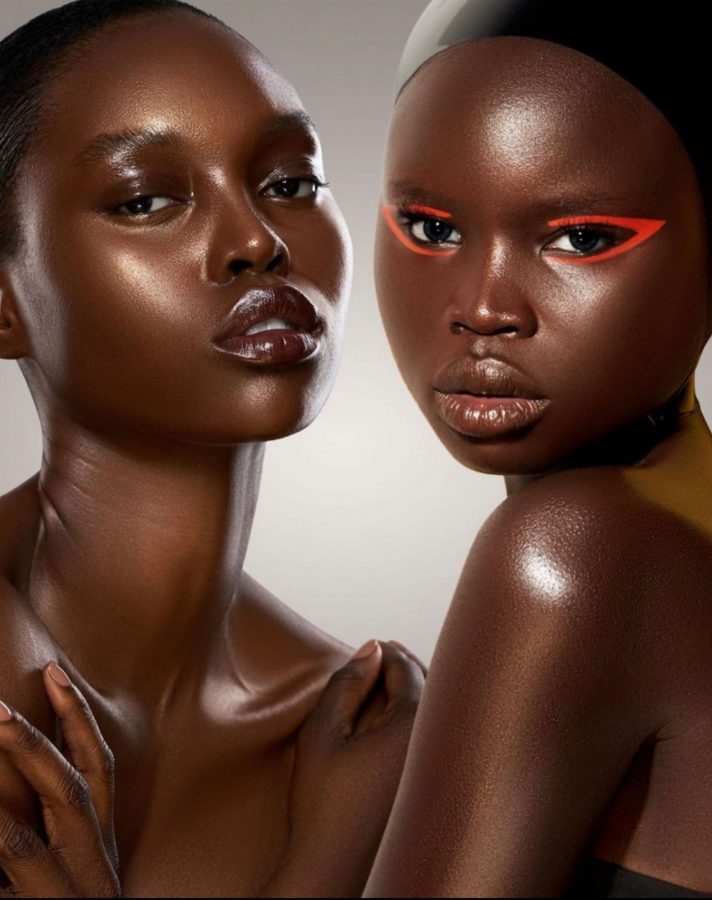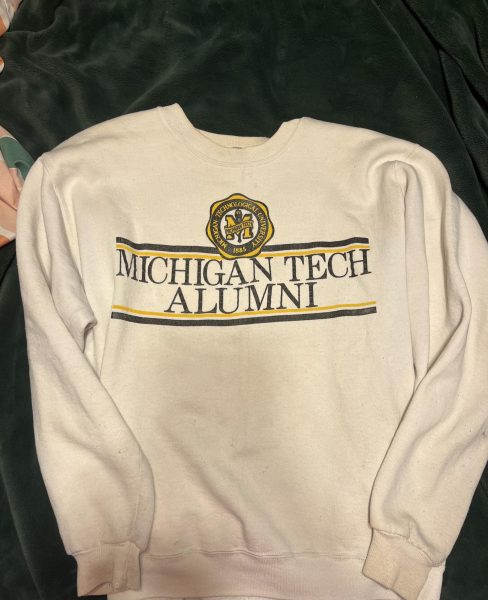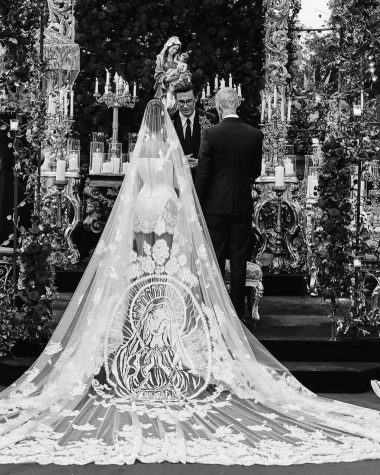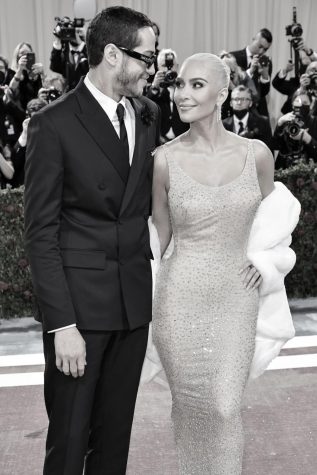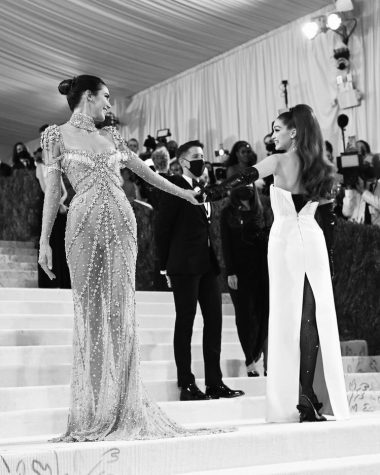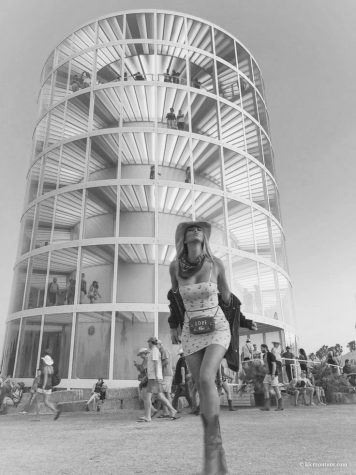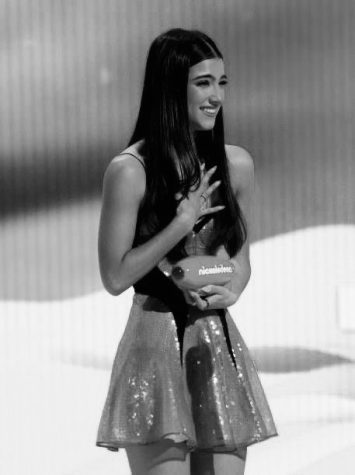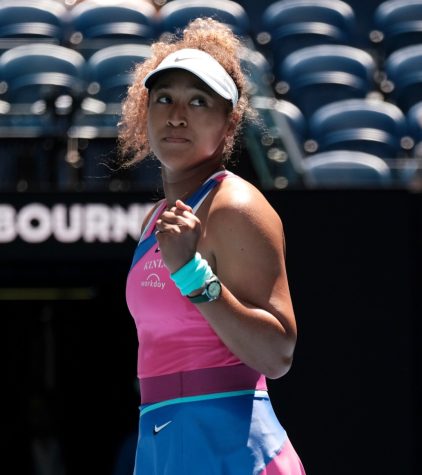The beauty industry presents blatant, unneccesary discrimination to the BIPOC community
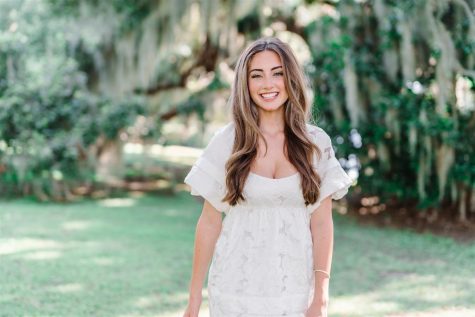
More stories from Coco Corey
Imagine you’re strolling through Ulta Beauty or Sephora, excitedly traversing the rows of products. Your favorite brand just released a new formula of foundation—you rush to take it off the shelf first. You find the aisle, and now it’s time to find a shade match. Two darker-toned shades follow fifteen lighter tones; there isn’t one for you. Empty-handed, you walk out, being discluded from a beauty release that’s allegedly for all.
A lack of access to useable tones for people of color provided by many brands presents blatant discrimination in the beauty community.
Time and time again, brand after brand, an absence and underrepresentation of darker tones of makeup strikes the industry. At what point do we hold these big-name brands accountable for careless, unnecessary disclusion?
Funmi Fetto is a person of the BIPOC (black, indigenous, and people of color) community, and she’s also the executive editor and beauty director at Glamour magazine. I have never met her, and, as I am not a person of color, do not have her same experiences, but feel a sense of connection to her and her words when it comes to those who shame people that are passionate about the beauty/fashion industry.
In an article, Fetto stated: “There are those who may think: ‘It’s just beauty, what’s the big deal?’ Makeup and skincare are powerful tools that have helped me cope with difficult moments in my life. In my youth, acne plagued my skin and carried on long after I grew out of my teens. It killed my confidence. The discovery of a decent facial…an incredible mask from Dr. Sebagh, and moisturizers from Institute Esthederm restored it. Years later, when my premature son was seriously ill in intensive care, my daily hint of blush, slick of lip colour and touch of mascara provided a sense of normality when everything around me felt scarily precarious. So, no, it isn’t just beauty. It holds a power that is not always tangible but, trust me, it’s there” (Funmi Fetto, 2019).
In a strange manner, I find tranquility in doing my makeup, in beginning my days with the same self-affirming rituals. One’s beauty routine may seem meaningless, just an act of hygiene. But to me, and to many others like Funmi Fetto, the makeup process is an influential indicator of how the day will proceed—it sets the stage for the attitude that follows.
A lack of access to useable tones for people of color provided by many brands presents blatant discrimination in the beauty community.
It’s okay to admit that when we feel our best, we perform better; we are more productive and, frankly, prouder during the process itself. Makeup isn’t for everyone—though if it is for you, you should have all the access to it that you desire. For someone like me, it is entertainment, a hobby, a creative outlet. It is also an emblem of an industry devoted to making people feel better about themselves. Yet, it has failed to represent the BIPOC community in an almost never-ending cycle of ignorance and promises of inclusion that are rarely fulfilled.
Relevant to the prior statement, Fetto continues, “The issue is not really about foundations. It is about representation and equality. I have had countless women of colour approach me via social media, at dinner parties, on the streets, to ask me for product recommendations. Their ages span from 16 to 80. They cover the spectrum of class. They come from all walks of life – school-gate mothers, students, high-flying executives, fashion stylists. If all of these women are struggling to find products and beauty “professionals” still don’t know what to do with darker skin and Afro hair, then the beauty industry, retailers, brands, marketers and, yes, even editors, are failing them” (Funmi Fetto, 2019).
The discrimination in the beauty community does not lie singularly on the BIPOC community—it’s low-income people too. The difference is, a wide variety of price points are available to buyers in need of less expensive products. A community that represents the lower classes drastically over people of color—and takes their needs much more seriously—is one that undeniably needs work.
Black, Indigenous, and People of Color are grossly underrepresented in the beauty industry. This may seem the most frivolous of the topics to write about when it comes to race issues; however, I would argue that self-esteem and a sense of belonging in one’s own community play a large role in who we become. If someone cannot find representation or a voice in any community—including that of beauty—they are subjugated.

Coco Corey is a senior entering her second year writing for The Central Trend. Coco plays on the tennis team, and she is also one of the four student section...













